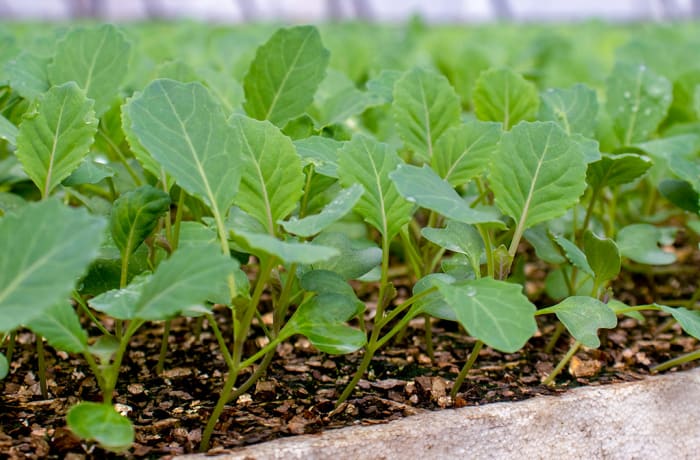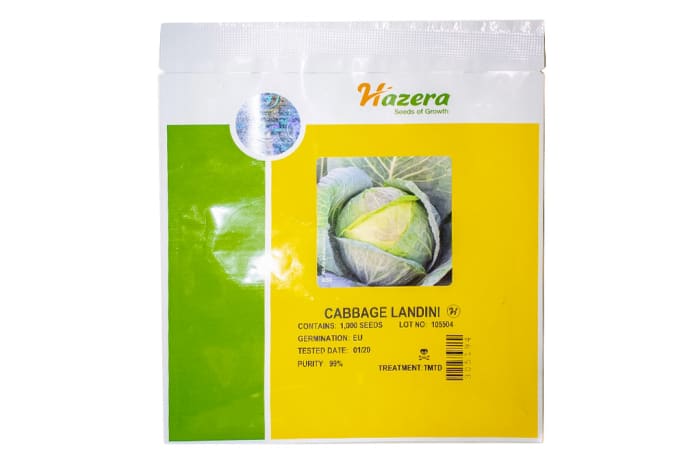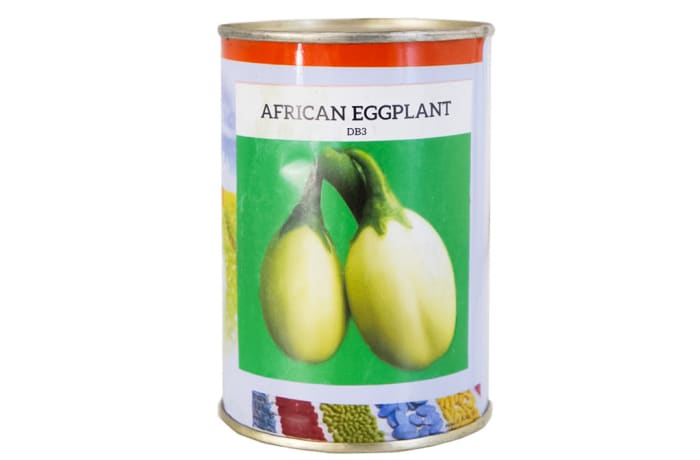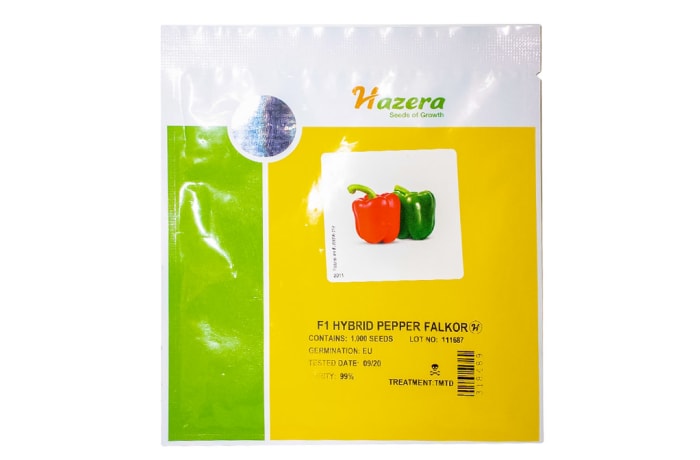
Db3 African Eggplant Seeds
A deliciously piquant variety of African eggplant, commonly known as impwa, that requires less water than tomatoes, does well in sunny conditions and can grow on a wide range of soil types including sandy loams.
Select your options
Pack Size
Details
Last updated 26 Oct 2022
Further information
Sowing:
- Can be grown throughout the year provided that water is readily available. African eggplant is susceptible to red spider mite during the hot season. Transplanting should be done well before the start of the hot season.
Soil Preparation
- Land should be well ploughed and mixed with cow dung, chicken or compost manures at a rate of 3-5 kg per square meter. The nursery should be in a flat area with well-drained fertile soils, free from shade, near to a water source. The soil should not have previously grown crops such as tomato, nightshades or sweet peppers over the last couple of years. Diseases leftover in the soil from these crops can damage young African eggplant seedlings.
- Seeds should be sown in rows 15-20 cm apart with 1 cm spacing between seeds within a row. After sowing, cover the seeds with a thin layer of soil followed by watering. Thin the seedlings down to 1-2 cm spacing between plants. Weeding should be done whenever necessary to avoid competition with seedlings. Regular watering is also necessary.
Transplanting and crop management:
- About three weeks after sowing, harden seedlings by slightly reducing the frequency of watering. The seedlings will be ready for transplanting in 4-6 weeks or when the have 4-7 true leaves. The soil should be well prepared if already fertile can be grown without fertilizer, otherwise, mix in cattle or chicken manure or compost at a rate of 0.2-0.5 kg per hole. If manure is unavailable, CAN or Urea fertilizers at a rate of 5 grams per plant can be used
- The recommended plant spacing for African eggplant is 75 cm between rows and 50 cm between plants per row. Weeding should be done whenever necessary and watering during the dry season is very important. Additional top dressing with fertilizer after the third harvest improves subsequent yields.
- Red spider mites can cause problems during the hot weather. Damage shows up as dead leaves. Look for brownish patches under the leaves. They can be controlled using a miticide such as Abamactin or Dynamec
Harvest:
- Harvesting is usually done every week starting two months after transplanting and can last 6-7 months. Old plants that are starting to dry off can be cut back at the base ( ratooned) and young shoots will grow and produce fruits after 2-3 month. Harvested fruits are packed in sisal bags for transport to markets and can remain suitable for consumption for a few days.
Enquire about this item
Enquire via Email
Contact supplier
Amiran
Seeds & Seedlings
Lusaka
Amiran has been in the agriculture industry for over 48 years, establishing itself as an expert in the field. It provides a variety of seedlings and can also grow owner-supplied seeds. The company is the exclusive supplier of Hazera seeds. It is one of the leading suppliers of seedlings for farmers and market gardeners countrywide.
Run a business in Zambia?
© 2021 Infobwana, Ltd. All rights reserved. Formally thebestofzambia.com · Learn more









